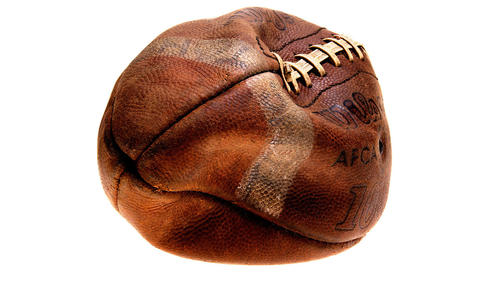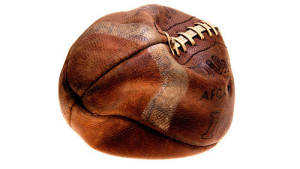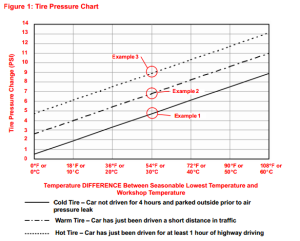Whether you are a football fan or not, you’ve probably heard about the accusations that the New England Patriots under-inflated their footballs to gain an advantage in a cold, rainy AFC Championship game against the Indianapolis Colts.
Dubbed ‘DeflateGate’, the controversy swelled in the leadup to the Super Bowl on February 1st (which the Patriots happened to win).
We won’t delve into every detail of that controversy here (for that, we suggest checking out the Deflategate entry on Wikipedia to start).
Instead, we’ll provide a brief overview and then focus on one particular aspect of Deflategate which relates directly to problems we see here at the shop.
In the NFL, each team is allowed to ‘work in’ the footballs they use on the field. Each team provided 12 footballs for the game. Equipment managers are allowed to rub and scuff the surface of each football for their team so that it is easier to grip. (New football surfaces can be too slick.) The equipment managers are also allowed to inflate the footballs to between 12.5 and 13.5 pounds per square inch (PSI – a measure of air pressure). Then, they bring the footballs from the locker room to the field for the game.
During the game, one of the Colts players noticed that one of the Patriots’ footballs seemed underinflated. After league officials measured the pressure in the other Patriots footballs, they noted that most of them were under the 12.5 PSI minimum threshold. The one that the Colts player noticed was underinflated by almost 2 pounds.
Much of the initial media coverage focused on possible wrongdoing by the Patriots.
But here at Lowell’s, we recognized the underinflation as something we see quite often – only with cars.
Whenever the temperature drops, our customers come into the shop because the tire pressure light on their dash came on. They are often worried about leaks.
In most cases, however, they aren’t losing any air. Instead, the air in their tires has cooled, and has lost energy in the process. And with lower energy, the pressure inside the tires drops.
Toyota has a service bulletin (see Figure 1, below) which addresses this very issue. When the temperature in the repair shop is significantly higher than the weather outside, Toyota recommends over-inflating the tires in the shop to get the right tire pressures when you go back outside.
On a very cold winter day, for example, we may inflate your tires to 38 PSI inside our warm shop, so that you get the proper 32 PSI when you are driving outside.
If we inflated to the correct pressure while inside the shop, your tire pressure would fall well below specifications when you left.
And here, we see the direct analogy to Deflategate. If the Patriots equipment manager inflated the footballs properly in a relatively warm locker room, and then brought them to a cold, rainy field for a couple of hours, we should expect the pressures to drop substantially.
Did the Patriots try to cheat by underinflating their footballs? We don’t know.
From our experience with tire inflation, however, we aren’t too surprised to see football pressures fall given the drop in temperatures that day.
If your tire pressure light comes on when the temperature drops, bring your vehicle in to Lowell’s. We’ll be happy to top off your tire pressures at no charge.
::
Deflategate Analysis from Khan Academy – watch this video from Sal Khan for a much more comprehensive and scientific analysis of how temperature drops may have played a role in the underinflation of the footballs for the AFC Championship.
Extra Table: Recommended tire pressure levels at different outdoor temperatures.




